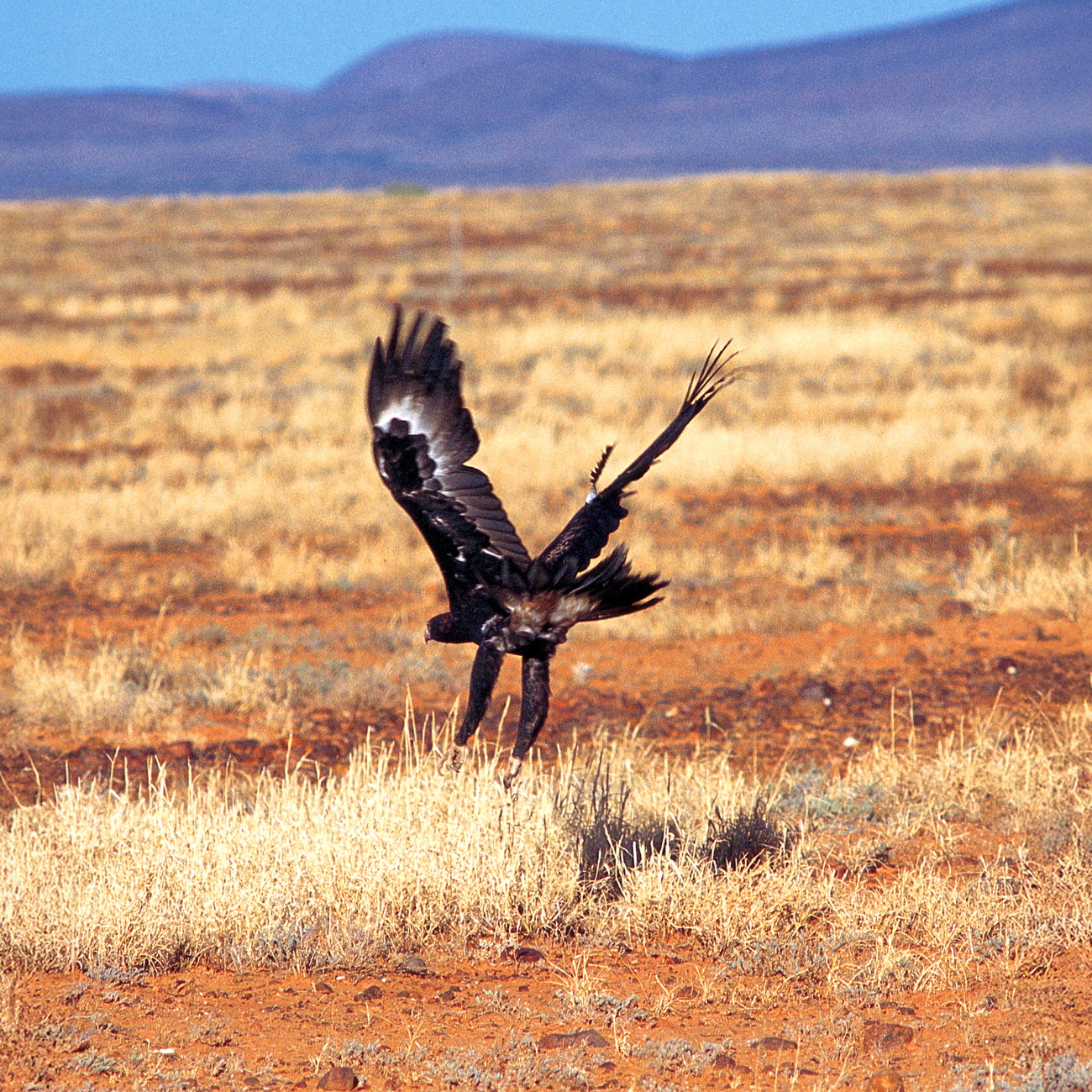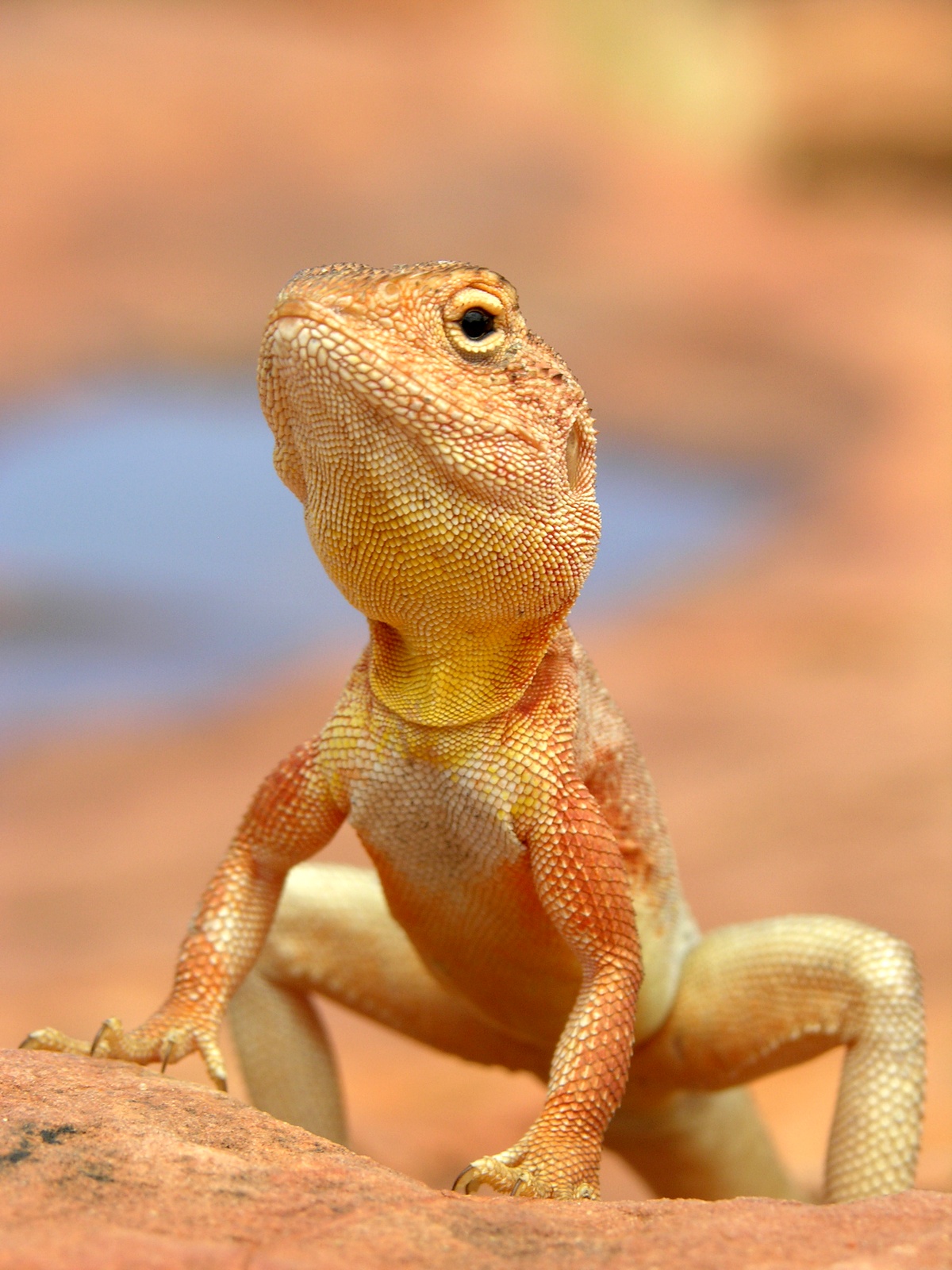Why you must see Kati Thanda – Lake Eyre in South Australia this year?

There are moments in life when nature puts on a show so rare and breathtaking that to witness it is to be part of something truly extraordinary. In 2025, Kati Thanda – Lake Eyre, the shimmering heart of South Australia’s outback, is experiencing one of its most remarkable transformations in living memory. If you have ever dreamed of seeing Lake Eyre in flood, this is the year to make it happen.
The Miracle of Kati Thanda-Lake Eyre: Australia’s Inland Sea
Kati Thanda – Lake Eyre, often simply called Lake Eyre, is a place of extremes. Sprawling over 9,500 square kilometres, it is Australia’s largest salt lake and the lowest point on the continent at 15 metres below sea level. For most of the year, it’s vast, blinding white salt flats stretch to the horizon, a surreal and silent expanse that seems untouched by time. But every so often, a miracle occurs: water arrives, and the desert awakens. This year, 2025, is one of those rare years.
Where does the water come from, and the journey of the flood
The story of Lake Eyre’s flood begins hundreds of kilometres away, in the distant highlands and river systems of Queensland. In March 2025, Tropical Cyclone Alfred dumped record-breaking rainfall across inland Queensland, swelling the mighty Cooper Creek, Diamantina, and Georgina Rivers. These rivers, part of the vast Lake Eyre Basin, carried their precious cargo of water southwards, snaking through the Channel Country – a landscape that can transform from arid plains to a sea of green in a matter of weeks.
By late March, floodwaters were on the move. Satellite images capture the slow, determined journey as water coursed through the desert, finally reaching the northern edge of Kati Thanda – Lake Eyre in early May. As the weeks passed, the water spread, filling Madagan Gulf, Belt Bay, and even Lake Eyre South, covering ever greater expanses of the ancient lakebed.
This year’s flood is so significant that it is being compared to the legendary inundations of 1974 and 1950 – the only times in the last 160 years that Lake Eyre has filled to capacity. The Copper Creek flood, in particular, has surpassed the 1974 levels at Innamincka, a feat rarely seen in living memory.
Why is this Flood so special?
1. A Once-in-a-Generation Event
Lake Eyre rarely fills. Complete inundation has only happened three or four times since European records began in the 19th century. Even partial floods are uncommon, and the convergence of all three major river systems – Cooper Creek, Diamantina, and Georgina – flooding in unison is an extraordinary event. In 2025, all three are delivering water, creating a spectacle not seen in decades.
2. A Living Outback Oasis
When water arrives, the transformation is immediate and astonishing. Brine shrimp, dormant for years in the dry soil, hatch in their millions, providing a feast for fish swept in by the floodwaters. Waterbirds – pelicans, banded stilts, swans, cormorants, and ducks – descend from as far away as China and Japan to breed in the newly formed wetlands. The desert blooms with wildflowers, and rare mammals like the Crest-tailed Mulgara and Dusky Hoping Mouse seize the opportunity to thrive.
3. A Cultural and Natural Wonder
Kati Thanda – Lake Eyre is not just a natural marvel; it is a place of deep cultural significance, so-managed with the Arabana people, its Traditional Owners. The lake and its surroundings are protected within Kati Thanda-Lake Eyre National Park, ensuring that visitors can experience this wonder while respecting its environmental and spiritual values.

Experiencing Lake Eyre in Flood: What to expect?
The Spectacle from Above
The sheer scale of Kati Thanda – Lake Eyre is best appreciated from the air. Scenic flights reveal the intricate patterns of water, salt, and desert, painting the landscape in surreal shades of white, blue, and – uniquely this year – a peachy pink as the water evaporates and algae bloom. From above, you will see flocks of birds swirling over the shimmering surface, the channels and floodplains alive with movement.
On the Ground: Camping and Viewing
For those who prefer to stay grounded, dedicated viewing points within Kati Thanda – Lake Eyre National Park offer breathtaking vistas. Camping at Halligan Bay Point Campground puts you right on the lake’s edge, with the chance to wake up to the sight of water stretching to the horizon, alive with birds and wildlife. Facilities are basic – just toilets and picnic shelters – so come prepared for a true outback adventure. Alternative camping is available at Muloorina Bore, north of Marree. But if you don’t have the camping equipment or want to enjoy the trip without thinking about the camp, and stay in a comfy accommodation, our tours are the best for you.
Wildlife and Wildflowers
As the floodwaters spread, the surrounding desert erupts in colour. Wildflowers carpet the Channel Country and the Painted Hills, while the lake itself becomes a magnet for wildlife. Birdwatchers and photographers will find endless inspiration, from the massed ranks of pelicans to the delicate blooms that appear almost overnight.
How long will the water last?
The longevity of Lake Eyre’s transformation depends on the weather. With the cooler temperatures this year and lower evaporation rates, the water is expected to persist for up to a year, possibly longer if there is further rain. However, the window to see the lake at its fullest is limited. As the months pass, the water will slowly recede, leaving behind the changing palette of colours and life.
Why you must visit Kati Thanda – Lake Eyre this year
This is a rare opportunity, perhaps the rarest in a lifetime. The 2025 flood is already being described as a once-in-a-generation event, with water levels and wildlife activity not seen since the great floods of the 1970s. Tours and flights are selling out quickly as word spreads of the spectacle unfolding in the outback.
· See Australia’s largest salt lake transformed into an inland sea
· Witness millions of birds and a desert in bloom
· Experience the cultural heart of the outback with the Arabana people
· Capture the surreal beauty of the lake’s pink and orange hues as it recedes.
· Be part of a natural event that may not happen again for decades

Planning Your Journey: Tips for Travellers
· Book Early: Scenic flights and tours are in high demand and often sell out quickly.
· Prepare for the Outback: Bring plenty of water, supplies, and a reliable 4WD if you are driving. The lake is remote – William Creek is the nearest settlement, 820km north of Adelaide.
· Respect the Environment: Stick to designated tracks and viewing points. Swimming, boating and off-track driving are restricted to protect this fragile ecosystem.
· Check Conditions: Road and weather conditions can change rapidly. Always check the latest updates from the South Australian Department of Transport and the Desert Parks Bulletin before travelling.
· Stay safe: Mobile coverage is limited. Let someone know your plans and expected return.
The Magic of Kati Thanda – Lake Eyre: A Personal Reflection
Standing on the edge of Kati Thanda – Lake Eyre as the sun rises, the air is cool and still. The lake stretches before you, a mirror to the sky, alive with the calls of birds and the gentle ripple of water against the salt. It’s hard to believe that just months ago, this was a barren, lifeless plain. Now, it is a place of abundance, beauty, and wonder – a reminder of nature’s power to surprise and delight.
In a world where so much seems predictable, Kati Thanda-Lake Eyre is a place where the extraordinary still happens. This year, the outback has come alive. Don’t miss your chance to be part of it. Check out all the tours before they sell out!